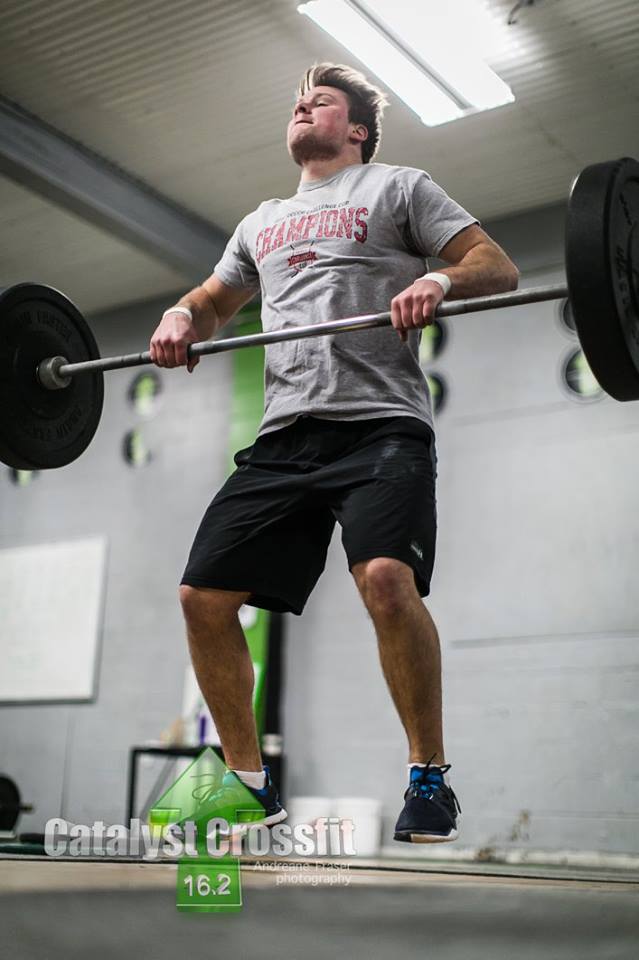This is a concept from our book, “The Catalyst Method”. To get the book for free, you can join our free group, Fitness and Health in Sault Ste. Marie and request it there!
Watching hockey at the GFL last night, I saw several parents loudly berating the referees and their own kids. In each case, the parent appeared to have all the risk factors for a heart attack.
The irony is that, if they took time every week to do the things they were yelling at their kids:
“Go hard!”
“Get in there!”
“Get after it!”
…they’d improve their own fitness, reduce their stress AND survive a heart attack if it happened.
Imagine you’re driving a car with a big engine on a clear stretch of road. Suddenly, you’re faced with an unexpected obstacle that requires you to accelerate quickly. The car’s ability to respond in that moment is like your body’s cardiovascular fitness—your Vo2Max. Your VO2Max is how well you can use your heart and lungs when your body is at its absolute max.
Like a car has gears, our bodies have ‘zones’ that correspond to different heart rates during physical activity. In Zone 2, it’s like cruising in second gear: efficient and manageable. However, as we push our bodies harder, entering Zones 3 and 4, we’re akin to shifting to higher gears on challenging terrain. Zone 5 is the peak, where our body is exerting its utmost, similar to a car pushing its limits at high speeds. Zone 5 is where you build your Vo2Max.
Think of Vo2Max as the capacity of your internal “engine.” Athletes aim to boost this engine size to optimize performance. But for adults, especially those over 50, it’s crucial to maintain a strong Vo2Max for those moments that demand sudden physical effort—like when facing unexpected challenges. In these intense situations, the body’s response can mean the difference between safety and danger. Unfortunately, with increasing sedentary lifestyles and health issues, many are ill-prepared for these demands.
The way you prepare for these situations is to exercise intensely (in Zone 5) once or twice per week. You want to do this in a controlled environment, under the eyes of a coach. And you want it to feel fun – like a game. Our CrossFit classes at Catalyst are built exactly for this reason.
Dr. Peter Attia aptly stated, ‘Life happens in zones 2 and 5.’ Most of our day-to-day activities mirror the calm and steadiness of Zone 2. But it’s the occasional surges into Zone 5 that both test and enhance our physical resilience, readying us for unforeseen challenges.
The *real* bonus of Zone 5 is that it calms you down. It’s a stress reliever. Those who regularly push their limits in Zone 5 might find themselves less prone to “losing it” at the rink.
I don’t want to pick on hockey parents here. We’re all going to face emergencies. When your car goes off the road; when the snowplow buries the end of your driveway as you’re leaving for work; when you’re trying to calm down after a fight with your boss–you need to prepare yourself to survive these. If you’re overweight or deconditioned, you’re more likely to have a heart attack and less likely to survive it. If that doesn’t scare you, think about the hockey games you’ll miss unnecessarily.
Want to chat more about it? Book a free No-Sweat Intro with us at Catalyst Fitness.

